Elemental cost analysis breaks down every construction project into distinct stages, helping you track costs with precision in Malaysia. In construction, nearly all projects face cost overruns, sometimes exceeding 20% or more. These overruns often occur at specific stages in Malaysia, such as earthwork or base course. By separating costs into clear elements, you can see exactly where overruns happen and take targeted action. This approach gives you greater control over your project budget and helps reduce risks. Modern tools like FineReport by FanRuan make it easier to analyze and visualize costs, supporting better decisions throughout the construction process in Malaysia.
Elemental Cost Analysis Basics
What Is Elemental Cost Analysis
Elemental cost analysis is a structured method that breaks down the total cost of a construction project into smaller, manageable parts called elements. You use this approach to categorize and itemize expenses, such as materials, labor, equipment, subcontractors, and overhead in Malaysia. By assigning costs to each element, you gain a clear understanding of where your money goes during every stage of the project. This method supports accurate construction cost analysis, cost estimation, and project budgeting. It also helps you control spending, allocate resources, and manage risks more effectively.
When you apply elemental cost analysis, you focus on the main components of ECA. These include identifying all project elements, assigning costs to each, and summarizing the data to understand the overall budget. This process gives you a transparent view of your construction cost analysis, making it easier to spot areas where you can save money or improve efficiency in Malaysia.
Tip: Elemental cost analysis is especially valuable for complex or unique construction projects. It allows you to create detailed cost estimates and make informed decisions throughout the project lifecycle.
The primary objectives of using elemental cost analysis in construction projects include:
- Providing a detailed breakdown of project costs by fundamental elements, such as materials, labor, overheads, and systems.
- Improving accuracy in budgeting and financial planning by offering a transparent and comprehensive view of expenditures.
- Enhancing cost estimation precision by analyzing each cost component separately.
- Supporting better decision-making with actionable insights for value engineering and cost-benefit analysis.
- Aiding risk management by identifying cost areas with significant variability.
- Streamlining project management through improved resource allocation and scheduling.
- Promoting sustainability by highlighting cost-effective and environmentally friendly options.
- Facilitating benchmarking and performance assessment to identify cost-saving opportunities.
Key Elements in Construction Projects
You need to understand the main elements that make up the cost structure of construction projects. Each element plays a critical role in construction cost analysis and construction cost estimation. Here is a table summarizing the key cost elements and their descriptions:
| Cost Element | Description |
|---|---|
| Materials | Physical components such as wood, steel, concrete, bricks, and other raw materials required for construction. |
| Labor | Wages and benefits for workers, contractors, consultants, project managers, and engineers involved in the project. |
| Equipment | Costs related to heavy machinery, tools, and construction equipment necessary for project execution. |
| Overhead | Indirect costs including site security, insurance, legal fees, and administrative expenses that do not directly impact project completion. |
| Systems | Essential infrastructure elements such as electrical, plumbing, HVAC, communication systems, and other utilities needed for project success. |
When you analyze construction cost analysis data, you will notice that labor, materials, and equipment often make up the largest share of the budget. For example:
| Cost Category | Typical Percentage of Total Budget | Description |
|---|---|---|
| Labor | 20-40% | Includes wages, benefits, and insurance for the workforce. |
| Materials | 30-40% | Covers all construction materials such as steel, concrete, wood, and glass. |
| Equipment | 5-10% | Costs related to renting or purchasing machinery and tools, including maintenance and operation. |
You should pay close attention to these categories during cost analysis and estimation. Accurate cost calculation for each element ensures that your cost estimates reflect the true scope of the project. This approach helps you avoid overruns and supports better project planning in Malaysia.
In Malaysia, construction cost analysis relies on digital tools to manage and visualize data. FanRuan’s FineReport stands out as a powerful solution for construction professionals. With FineReport, you can break down costs by element, generate detailed reports, and visualize trends across multiple projects. The platform connects to various data sources, automates reporting, and supports real-time analysis. This makes your construction cost analysis more efficient and accurate, helping you make smarter decisions and keep your projects on track in Malaysia.
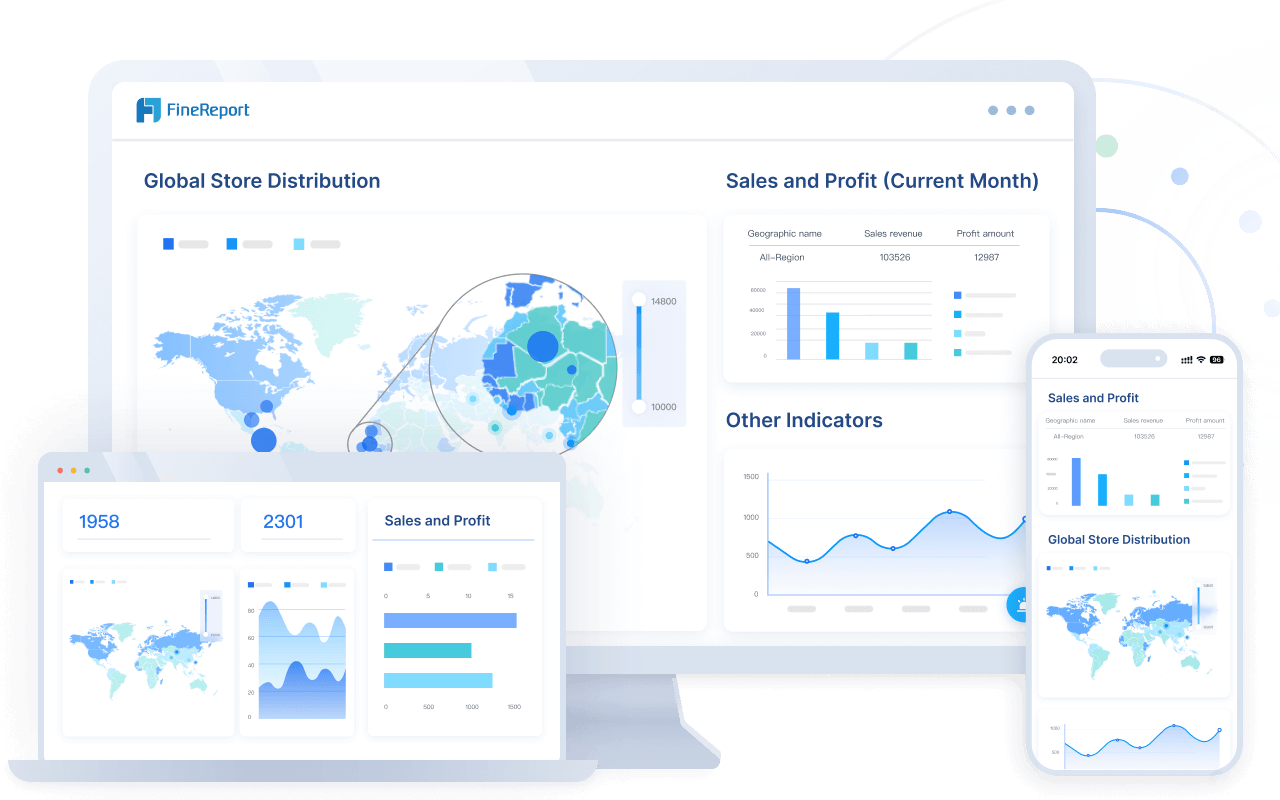
Note: By leveraging tools like FineReport, you streamline project budgeting, improve cost estimates, and enhance overall project management.
How Elemental Cost Analysis Works
Step-by-Step Process
You can conduct elemental cost analysis in construction by following a clear, structured process. This approach ensures that you capture every detail and maintain accuracy throughout your construction project. Here is a typical workflow:
- Identify and define each element of your construction project. This includes mechanical systems, foundation, structural framework, finishes, and electrical systems.
- Assign cost estimates to every element. Use expert judgment, industry standards, and historical cost data to support your construction cost analysis.
- List all associated costs, such as materials, labor, equipment, and overheads. This step forms the backbone of your construction cost estimation.
- Convert these costs into monetary values. Communicate with suppliers and construction management to ensure accurate cost calculation.
- Estimate the benefits of the project and translate these benefits into monetary values.
- Aggregate the total costs to create a detailed and systematic cost estimate.
This process helps you identify cost drivers, spot potential savings, and detect overruns early. You can track and manage costs throughout the project lifecycle, making your construction cost analysis more effective in Malaysia.
Tools and Technology (FineReport)
You need reliable data sources and digital tools to support every stage of construction cost analysis. During the design phase, you often use standardized forms like the BCIS Standard Form of Cost Analysis to break down costs in Malaysia. Common data inputs include historical data from previous projects, labor productivity rates, current material prices, equipment costs, and continuous cost tracking practices such as Cost Value Reconciliation.
FineReport by FanRuan streamlines your construction cost analysis. You can integrate data from multiple sources, automate reporting, and visualize trends in real time. FineReport allows you to track actual costs against estimates, helping you identify inefficiencies and overruns quickly. With its intuitive dashboards and customizable reports, you gain a clear view of your project’s financial health. This technology empowers you to make informed decisions, improve cost estimation, and keep your construction projects on budget in Malaysia.
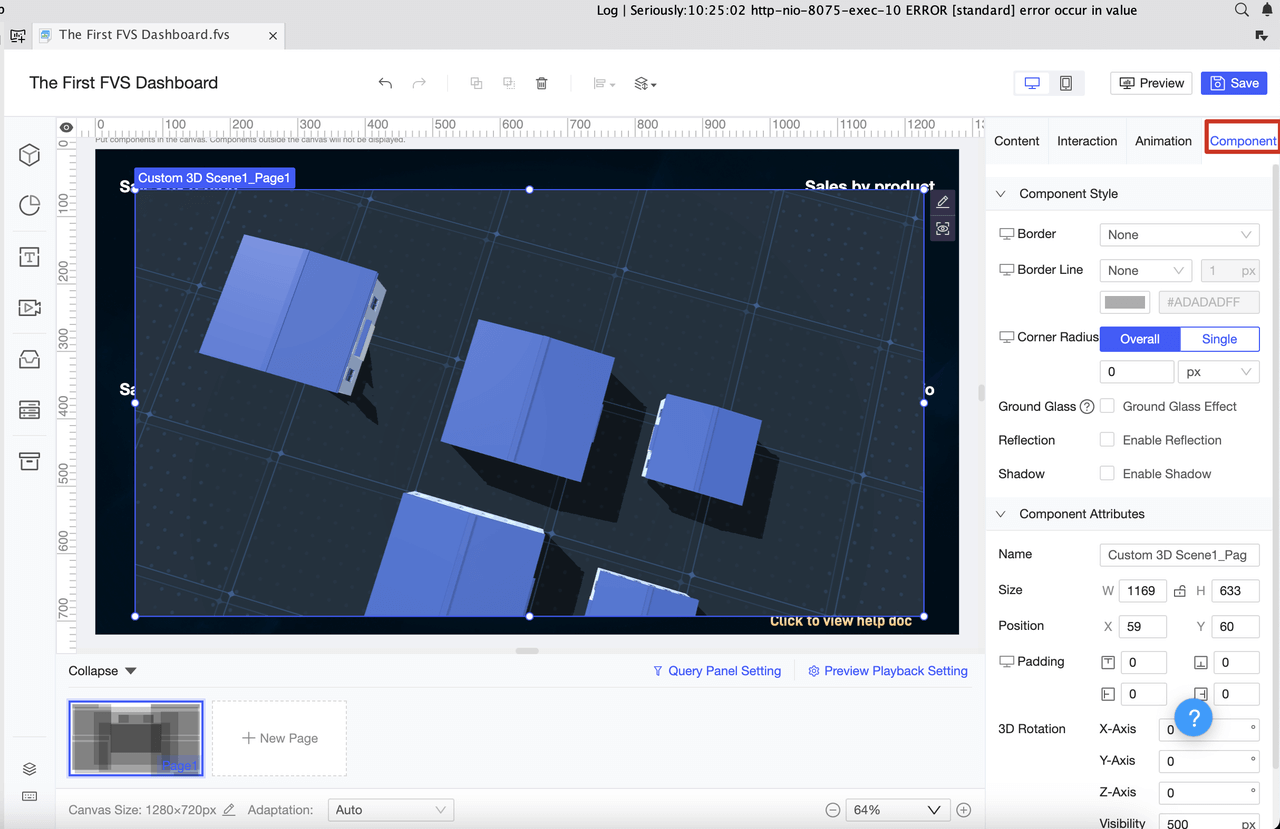
Tip: Using FineReport, you can simplify cost analysis, enhance collaboration, and ensure that your construction cost analysis remains accurate and actionable at every stage.
Benefits for Construction of Elemental Cost Analysis
Cost Accuracy and Control
Elemental cost analysis gives you a clear advantage in construction cost analysis. By breaking down your project into detailed elements, you can achieve accurate cost estimation and maintain tight control over your budget in Malaysia. You identify where your money goes, which helps you allocate resources efficiently and avoid overspending. This method allows you to monitor costs at every stage, from planning to execution. You can adjust your spending as needed, ensuring that each part of your project receives the right amount of funding and attention in Malaysia.
- Elemental cost analysis improves cost accuracy by providing a comprehensive overview of expenses.
- You can track costs for materials, labor, and equipment, making it easier to spot overruns early.
- The detailed breakdown supports better project budgeting and helps you stay within your financial limits.
FineReport enhances this process by giving you real-time data analysis and reporting. You can access up-to-date information, visualize trends, and compare estimates with actual costs. This level of insight supports better project management and helps you deliver successful construction projects.
Better Decision-Making
You make smarter decisions when you have access to detailed construction cost analysis. Elemental cost analysis reveals the financial impact of different design and construction options. You can perform value engineering and cost-benefit analysis with confidence, knowing the true costs of each element.
| Aspect | Description |
|---|---|
| Location | Tanzania construction project |
| Key Issue | Omission of cost checking during design phase led to significant cost overruns and delays |
| Cost Comparison | Consultant’s estimate vs. successful tender: 19.8% higher than estimate (Tshs 99,592,110) |
| Cost Overrun | Projected final cost overrun: Tshs 185,720,000 (~$232,148), about 41.6% above contracted sum |
| Time Impact | Estimated delay of approximately 18 weeks due to cost overruns and funding delays |
| User Participation | Active user involvement influenced cost control and decision-making, highlighting importance of early stakeholder engagement |
| Recommendations | Early cost checking during design and inclusion of property managers recommended to improve cost control and decision-making |
| Outcome | Project still in progress with ongoing variations; demonstrates how elemental cost analysis informs stakeholders and supports better financial management and decisions |
This example shows that early and detailed cost analysis leads to better planning and fewer surprises. FineReport supports your decision-making by consolidating data from multiple sources and providing interactive dashboards. You can quickly access the information you need, respond to changes, and keep your project on track.
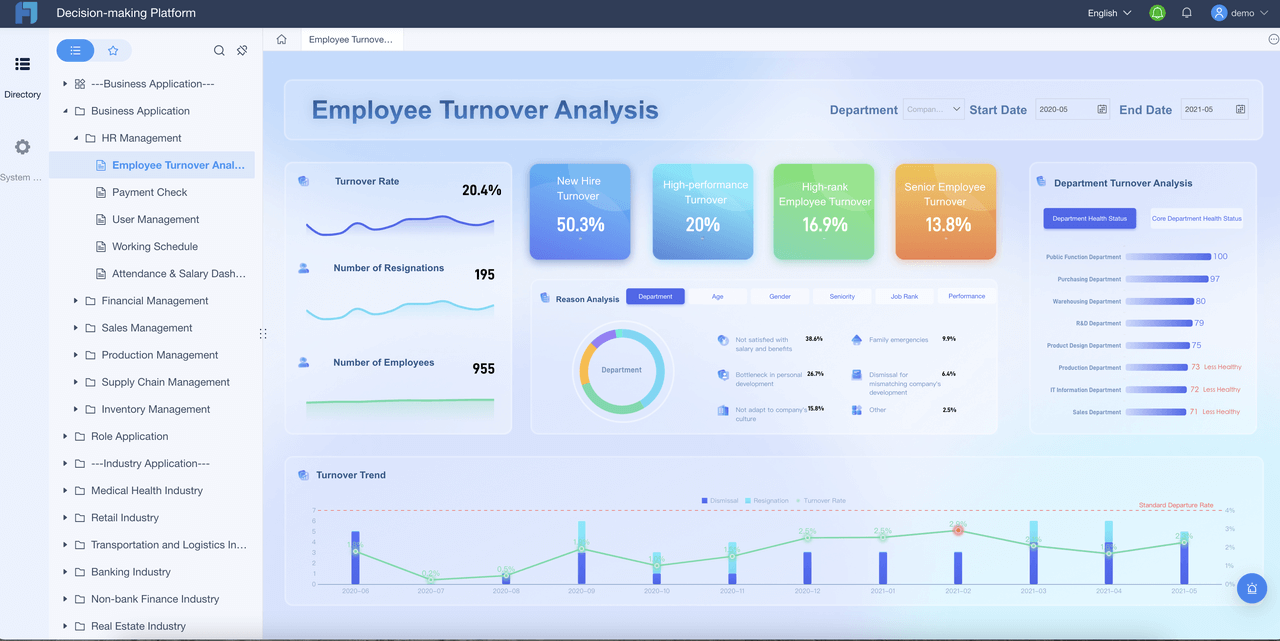
Risk Management
Construction projects face many risks, including financial, design, and execution challenges. Elemental cost analysis helps you identify and manage these risks by breaking down costs into specific categories. You can estimate costs precisely, set realistic budgets, and detect potential overruns before they become major issues.
- You can integrate risk allowances into your cost plan, ensuring funds are available for unexpected events.
- Elemental cost analysis supports proactive risk management by allowing you to adjust your budget and resources as the project evolves.
- FineReport’s real-time reporting capabilities help you monitor key risk indicators and respond quickly to any problems.
By using elemental cost analysis and tools like FineReport, you improve your ability to manage risks, control costs, and achieve better outcomes in your construction projects. The benefits of elemental analysis include greater financial predictability and fewer costly surprises during project execution and final cost analysis.
Challenges and Solutions of Elemental Cost Analysis
Common Issues in Construction Cost Analysis
You face several challenges when performing construction cost analysis. Many projects struggle with incomplete or inaccurate data, which leads to errors in estimating costs. If you miss important details, your project budget can quickly spiral out of control. Construction projects often involve complex variables, making it hard to capture every cost factor. Market changes, such as sudden increases in material or labor costs, add more uncertainty to your cost analysis. Unforeseen events, like weather delays or new regulations, can also disrupt your planning and project execution.
Here are some ways these challenges impact the accuracy and reliability of construction cost analysis:
- Incomplete or inaccurate data causes errors in cost estimations, affecting your project's financial health and timeline.
- Complex projects with many variables make it difficult to track all costs accurately.
- Fluctuating material and labor costs introduce uncertainty into your estimates.
- Unforeseen circumstances, such as weather or regulatory changes, complicate forecasting.
- These issues can result in cost overruns, delays, and financial strain if not managed properly.
| Factor/Challenge | Impact on Accuracy and Reliability of Cost Analysis Outcomes |
|---|---|
| Project Scope and Complexity | Larger, more complex projects increase difficulty in accurate cost capture. |
| Location | Geographic differences affect labor, material costs, and regulations, adding variability. |
| Labor and Material Costs | Fluctuations cause uncertainty in estimates. |
| Economic Factors | Inflation and market changes introduce unpredictability. |
| Incomplete Project Information | Leads to inaccuracies and unreliable estimates. |
| Regulatory Compliance | Changes can cause unexpected cost adjustments. |
| Site Conditions | Accessibility and soil quality affect cost but may be hard to quantify initially. |
| Contingencies and Unforeseen Events | Necessitate allowances, complicating precise forecasting. |
Note: Without addressing these challenges, your construction cost analysis may become unreliable, making it harder to manage your project, allocate resources, and maintain stakeholder confidence.
Overcoming Obstacles with Technology
You can overcome many of these obstacles by adopting integrated digital platforms. Manual processes and data silos often slow down construction cost analysis and increase the risk of mistakes. When you use a tool like FineReport, you bring all your project data together in one place. FineReport connects to multiple data sources, automates reporting, and provides real-time visualization of costs. This integration helps you spot errors early, update your budget quickly, and keep your construction projects on track in Malaysia.
FineReport supports best practices in construction cost analysis by enabling comprehensive data collection, regular updates, and collaboration among stakeholders in Malaysia. You can benchmark your costs against historical data and adapt your analysis to the specific needs of each project. With these capabilities, you improve the accuracy and reliability of your cost analysis, leading to better project management and successful project execution in Malaysia.
Comparing Construction Elemental Cost Analysis Methods
ECA vs. Traditional Estimating
When you manage a construction project, you often choose between elemental cost analysis and traditional estimating methods. Each cost analysis method has strengths and weaknesses. Understanding these differences helps you select the right approach for your project management needs.
Here is a table that highlights the main differences:
| Aspect | Elemental Cost Analysis (Bottom-Up Estimating) | Traditional Estimating Methods (Top-Down Estimating) |
|---|---|---|
| Accuracy | More accurate due to detailed breakdown of project components and costs. | Less accurate as it relies on historical data, expert judgment, or analogous projects, which may not capture specific project details. |
| Transparency | High transparency because of detailed estimates for each element, aiding stakeholder communication and resource allocation. | Lower transparency as estimates are aggregated and less detailed, making it harder to see cost drivers. |
| Usability | Less usable in terms of speed and simplicity; time-consuming and complex to prepare and update. | More usable for quick assessments; faster and easier to apply with less detailed data requirements. |
Elemental cost analysis requires you to break down every part of the construction project. You assign costs to each element, which improves accuracy and transparency. However, this process takes more time and demands detailed data. Traditional estimating methods use historical data or expert judgment to create quick estimates. These methods work well for early-stage planning but may miss important details.
You also need to consider data requirements and reporting outputs:
| Aspect | Elemental Cost Analysis | Other Construction Cost Analysis Methods (e.g., Unit Rate Estimating) |
|---|---|---|
| Data Requirements | Detailed breakdown into project elements (substructure, frame, superstructure, etc.) with quantification of materials, labor, and resources per element. | General data such as building type and approximate floor area; less detailed design information needed. |
| Reporting Outputs | Detailed elemental estimates, aggregated costs per element, total project estimates, variance analysis, and identification of cost-saving opportunities. | Summary-level outputs focusing on overall budget forecasts, often expressed as cost per unit area or volume, with less precision. |
Elemental cost analysis gives you precise cost analysis and helps you identify cost drivers. You can compare your results with historical data and make informed decisions. Other methods provide quick, high-level estimates, which are useful for early feasibility studies but lack detail.
FineReport supports both approaches. You can use it to manage detailed elemental cost analysis or to generate summary reports for traditional estimation. FineReport connects to multiple data sources, automates reporting, and visualizes costs for any construction project.
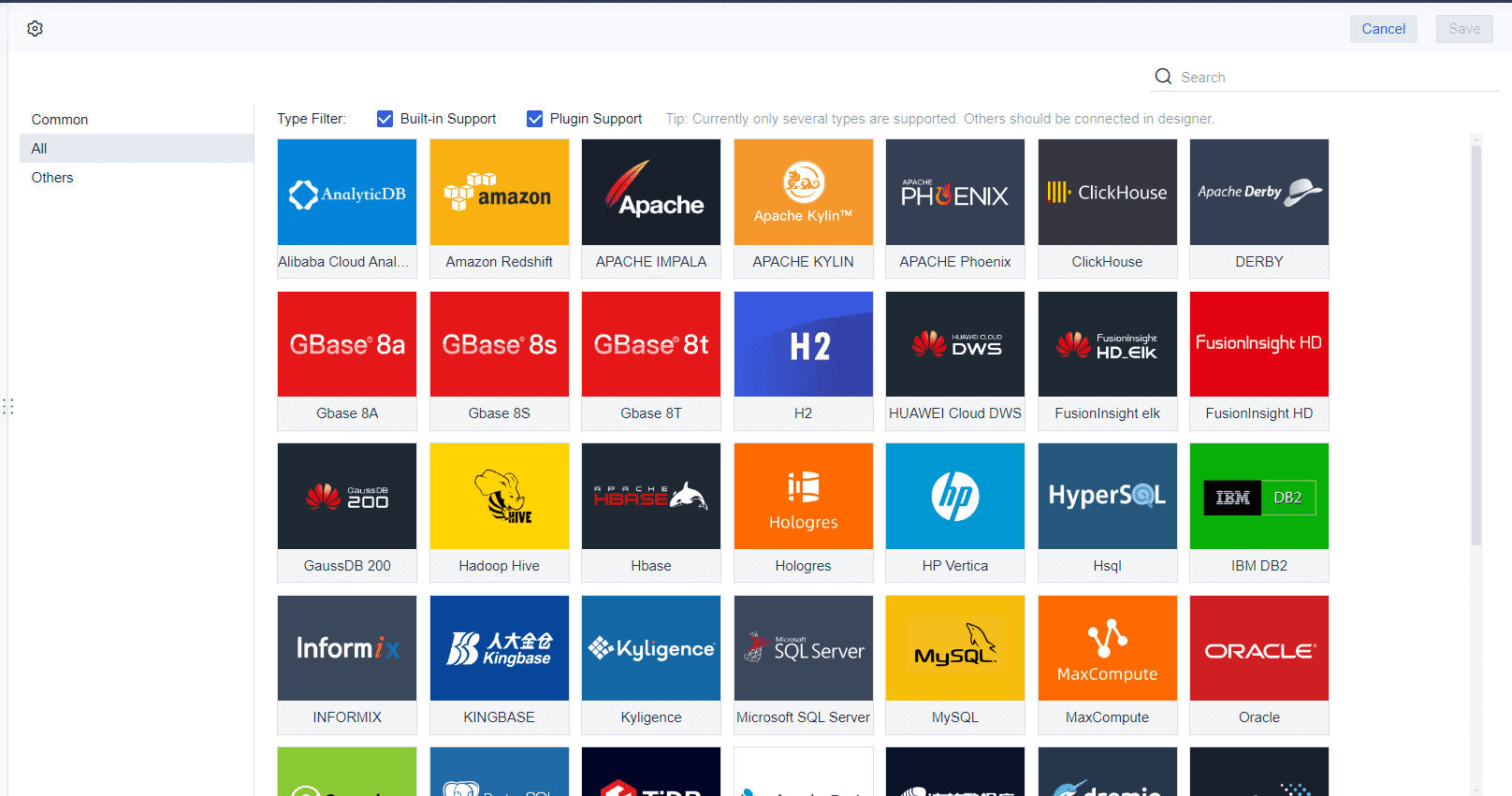
When to Use Each Method
You should use elemental cost analysis in these situations:
- During the design phase of construction projects when you need detailed cost planning and budgeting.
- When you want a breakdown of costs by building elements for better control and risk management.
- If you need reliable budget tools and risk-contingency analysis in early design stages.
- When you want to understand how design changes impact costs and improve the accuracy of construction cost estimation.
- For complex projects where single-figure estimates do not provide enough detail.
Traditional estimating methods work best:
- At the inception or feasibility stage of a project when only basic data is available.
- When you need a quick estimate for initial budgeting or decision-making.
- For projects with limited design information or when time is a constraint.
You can switch between these methods as your project progresses. Early on, use traditional estimating for fast results. As you gather more data, move to elemental cost analysis for greater accuracy and control. FineReport adapts to both methods, supporting your construction cost analysis at every stage.
Elemental cost analysis transforms your approach to construction projects by breaking down each element—materials, labor, equipment, and overhead—so you gain clear visibility and control over every cost in Malaysia.
- You improve budget management, optimize project outcomes, and support confident bidding.
- Early elemental budgeting leads to better decisions and financial oversight, especially for complex projects.
To get started, you can:
- Identify all project elements.
- Assign costs using supplier quotes and labor estimates.
- Analyze data for savings and adjustments.
- Use digital tools like FineReport for real-time collaboration and reporting.
FineReport offers extensive resources, including documentation and training, to help you master data visualization and reporting for final cost analysis in construction in Malaysia.
Click the banner below to try FineReport for free and empower your enterprise to transform data into productivity!
Continue Reading About Elemental Cost Analysis
Top 10 Best Data Analysis Tools & Softwares You Should Know in 2024
FAQ

The Author
Lewis
Senior Data Analyst at FanRuan
Related Articles
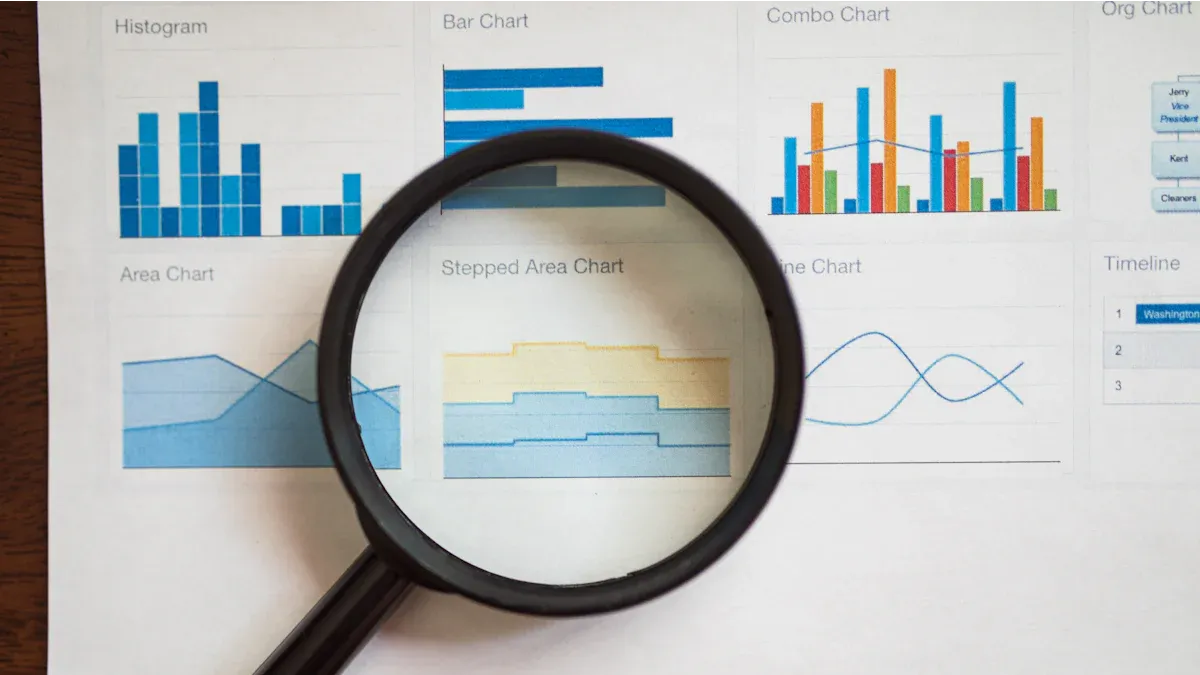
What is Distribution Analysis in Mathematics and Statistics
Distribution analysis in mathematics and statistics examines how data values spread, helping identify patterns and predict outcomes accurately.
Lewis
Dec 28, 2025

10 Best Retail Analytics Software Platforms for Retailers
Compare the 10 best retail analytics software platforms for retailers to boost sales, optimize inventory, and gain actionable customer insights.
Lewis
Dec 16, 2025

11 Best Tools for Research Analysis for Academics
Compare the 11 best tools for research analysis to boost academic and professional research efficiency, data management, and collaboration.
Lewis
Dec 11, 2025




